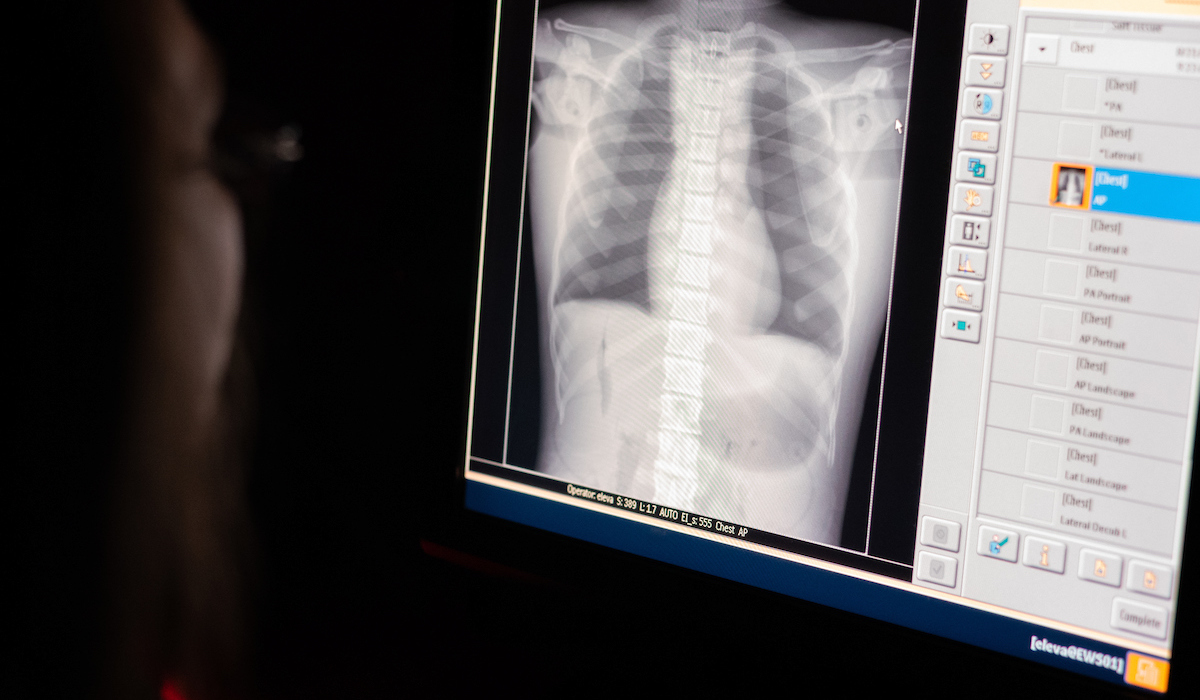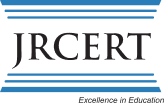ADMISSION: RADIOGRAPHY PROGRAM
Students are encouraged to meet with an academic adviser as early as possible. Select college-level coursework is evaluated and scored during the application process.
Applicants to the program are selected by the Admission Committee using the following criteria weighted by percentages (see website for more details):
- Support course GPA (40%)
- Interview (30%)
- Lab activity (20%)
- Statement of Purpose (10%)
The first category listed is translated to a scaled system of points. Once scaled, students are ranked accordingly. The top candidates will be asked for an interview and lab activity. The number of accepted applicants may vary each year based on available clinical slots.
*Note: Students completing general education courses and required support courses on the A-State campus will be awarded extra points toward the final score. Students who prove proficiency in Spanish will also receive additional points. (The department homepage contains the details for proving proficiency on Spanish)
ADMISSION: SPECIALTY AREAS
Individuals who have graduated from, or are currently enrolled in, an accredited radiography program may apply for admission into a specialty track/area. The application due date for all specialty tracks is April 1. All required materials (see application) must be received by 5 p.m. on April 1. Please see the Medical Imaging and Radiation Sciences website for more details.
GENERAL INFORMATION
Classes for new Radiography students begin every spring semester and run for 18 consecutive months with an additional 12-14 months in a specialty area. During the 32 month program, students participate in a structured rotation sequence through affiliated medical imaging and radiation sciences departments in Arkansas, Tennessee, Mississippi and Missouri.
Students must provide their own transportation to the clinical affiliates. When determining educational costs, consideration should be given to this additional expense. Students are not compensated for clinical education hours.
IMMUNIZATION & HEALTH RECORDS
Once accepted into the program, students must provide documented evidence of vaccination and immunization for Hepatitis B and Varicella (chicken pox).
Students must be up-to-date on all vaccines required by the Radiography program clinical affiliates including TB skin tests, flu and Covid vaccines, and HEPA mask fittings.
ENGLISH PROFICIENCY REQUIREMENTS
The Department of Medical Imaging and Radiation Sciences programs and professions require a high level of proficiency in English. This ensures all students have the language skills necessary to meet programmatic academic and clinical objectives. All foreign-born students may learn more about the English proficiency requirements at AState.edu/Degrees/BSRS/Eng.







